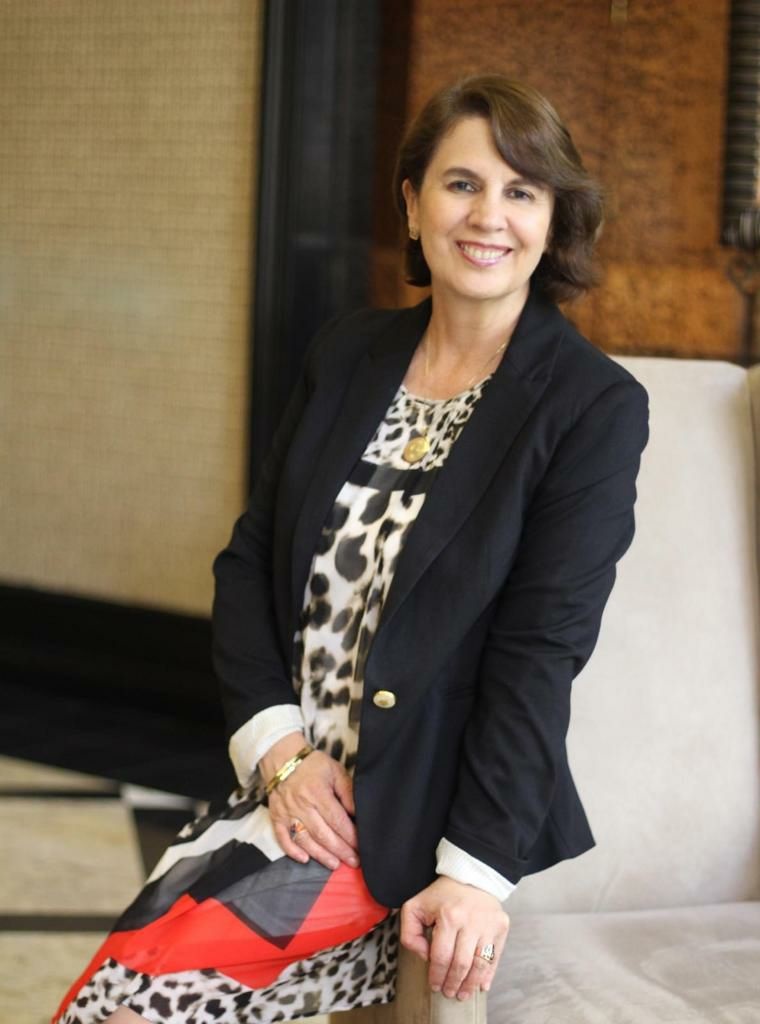Ecuador has only had one woman president. She was in power for 6 days.
In my interview with Rosalía Arteaga, former President of Ecuador, she claimed that it was because of her gender that she was not allowed, as was her right, to stay as president after the February 97’ political crisis. “What happened to me was machismo” Arteaga comments referring to the gender-based discrimination she experienced throughout her political journey[1]. The machismo felt by Arteaga in her brief presidency reflects an extensive system of discrimination against women embedded in Ecuadorian politics. While improvements have been made, such as the institution of parity and quota laws, the country’s machismo culture remains prevalent. In this academic blog post, I build on my interview with Dr. Rosalía Arteaga to provide a window of analysis that reflects the larger issues shaping women’s participation in Ecuadorian politics.
HER presidency contested
In Ecuador, amidst a period of political crisis, the night of February 6th of 1997 is remembered as “the night of the three presidents”. In the days leading up to February 6th, there were mass mobilizations against then President Abdalá Bucaram, for whom Arteaga served as vice-president after a coalition formed by four political parties during the 1996 elections. Bucaram was condemned by the public for his neoliberal reforms and for his proven ties to corruption cases[2]. By nightfall on the 6th, the National Congress discussed Bucaram’s destitution and passed a ruling that declared him mentally unfit to lead the country with a simple majority. Refusing to acknowledge such a decision, Bucaram left the Carondelet Presidential Palace in Quito and returned to his hometown, Guayaquil, seeking the support of his political allies. In the early hours of February 7th, the Congress named its president, Fabian Alarcón, as the country’s interim president. This happened simultaneously as Vice-President Arteaga claimed the presidency in accordance with the Constitution. With all these events happening overnight in Quito and Guayaquil, Ecuadorians woke up on the morning of February 7th with three presidents.
The contestation of Arteaga’s presidency did not stop with Alarcón’s appointment, reflecting echoes of structural and cultural discrimination against women in politics. By February 8th, Bucaram accepted his destitution and flew away to Panama. On February 9th, Alarcón recognized the nullity of his appointment, leaving the presidency to Arteaga. While these changes could have signalled the beginning of the first presidential term led by a woman, Arteaga’s time in office ended prematurely. With no support from the Armed Forces or the Congress, Arteaga renounced the presidency and returned to her VP role on February 11th. From then on, Alarcón led the country until August 1998, when the next elections were called. In addition to Arteaga’s presidency being cut short, it was also subject to a long lack of formal acknowledgement. It was only in 2004 that her presidency was recognized through a decree issued by then President Lucio Gutierrez and in 2018 that her portrait was added to the Room of Presidents in Carondelet.
La primera in many positions
Rosalía Arteaga was born in 1956 in Cuenca. From a young age, Arteaga demonstrated a passion for literature, culture, and education. At the University of Cuenca, she studied Political and Social Sciences. In 1982 she obtained her juris doctor, which was followed by a master’s degree in Basic Education and Rescue of Cultural Values in Latin America. After leaving politics in the late 1990s, Arteaga has continued to work in social areas including environmentalism. In 2021, she became the first Ecuadorian to be nominated to run for UN Secretary-General through a proposal made by the youth political movement Forward. Currently, Arteaga serves as the Executive President of Fundación para la Integración y Desarrollo de América Latina, an organization whose mission is to promote quality education, strengthen democracy, and lead sustainable development initiatives in the region.
The life of Dr. Arteaga has been marked by her role as a pioneer in many positions. Besides achieving first rankings throughout her studies, she was the first in her family to enter the world of politics. In 1986, she ran for councilwoman in Cuenca. Reflecting back to her campaign to this posting, she remembers the machismo she experienced. “I was told ‘what are you doing here, you should go back to the kitchen’”[3]. Upon entering politics in 1986, she had various public postings at the national level, including serving as vice-minister of Culture and being the first woman minister in the Ministry of Education, Culture, and Sports. In August 1996, she became the first woman vice-president after the Bucaram-Arteaga duo won the elections.
When asked about the role of women in Ecuadorian politics in the 80s and 90s, Arteaga answered "It was very limited, there were hardly any women visible … there were no Ecuadorian or practically Latin American political role models. So, getting into politics meant breaking molds, and I had to break many”[4]. The lack of descriptive representation on top of no formal system to integrate women in politics such as quota or parity laws made it harder for her and other women to participate in politics:



